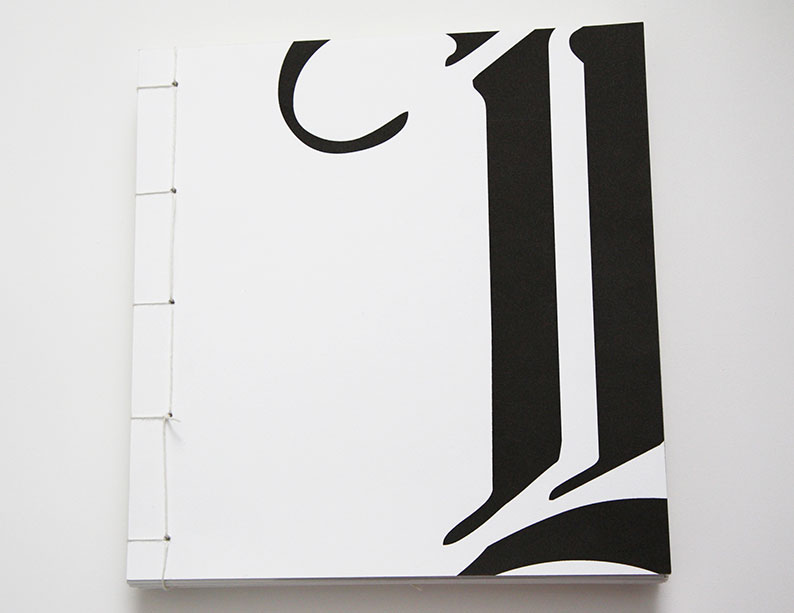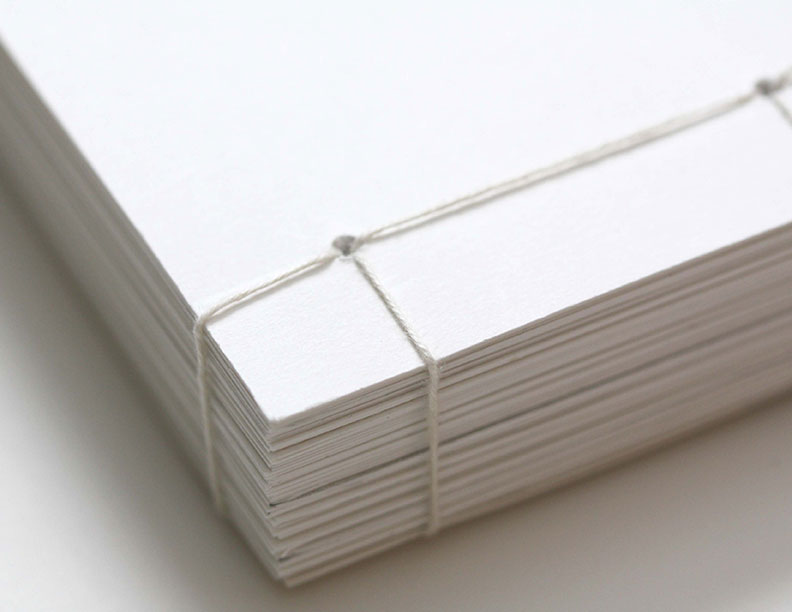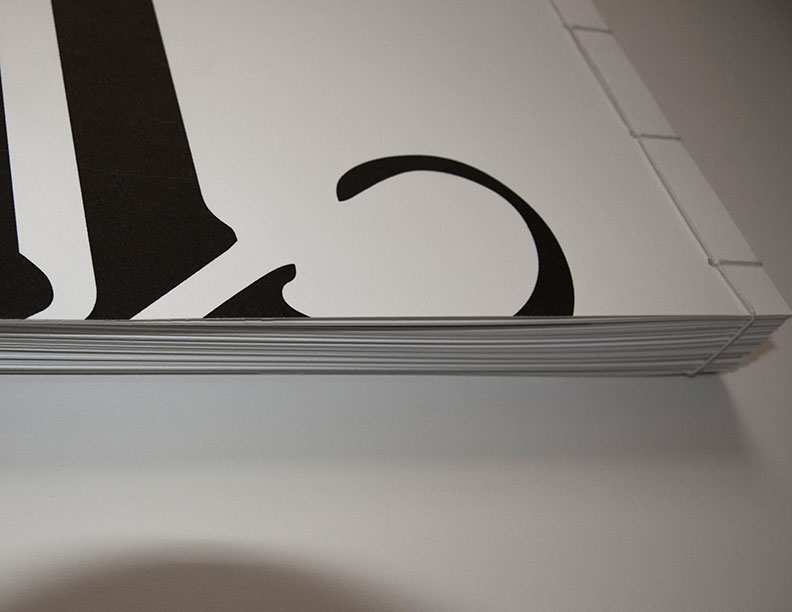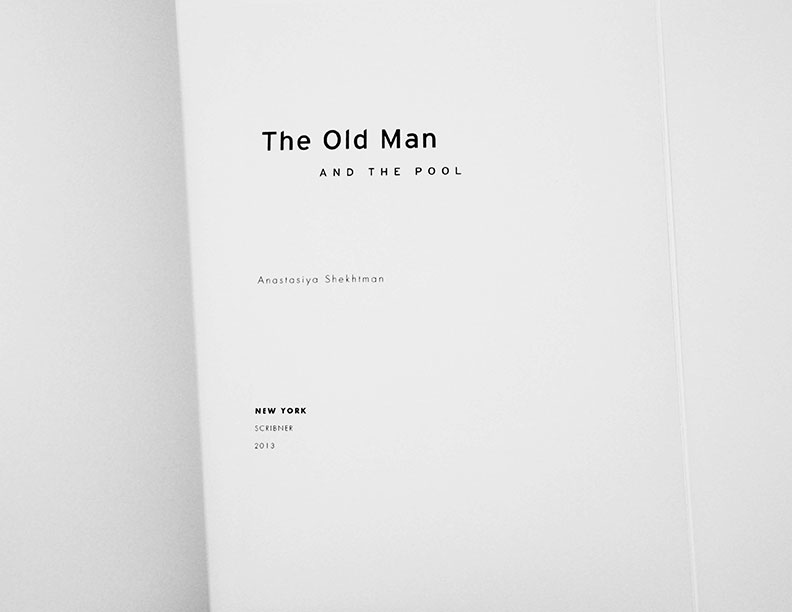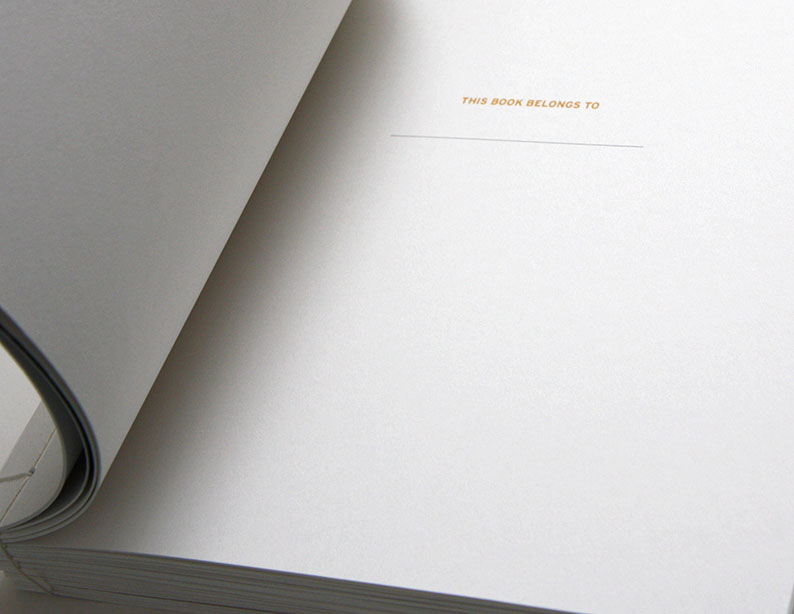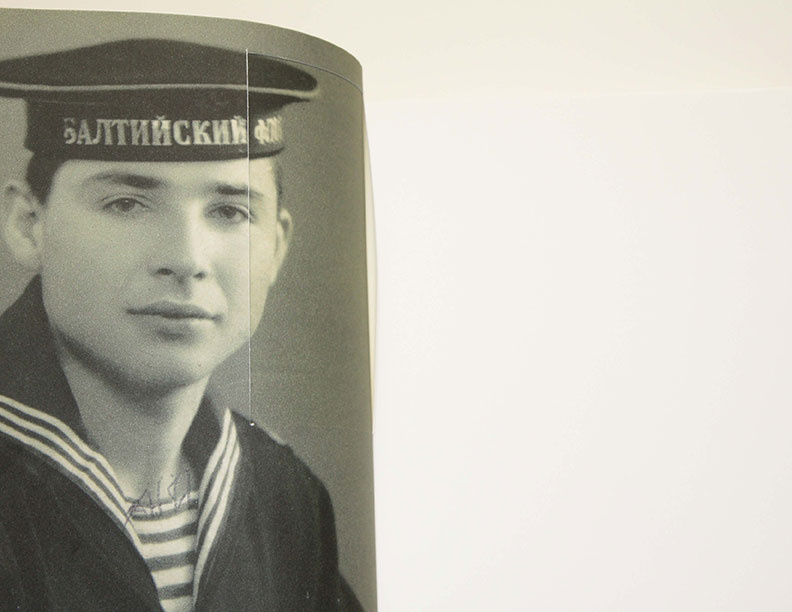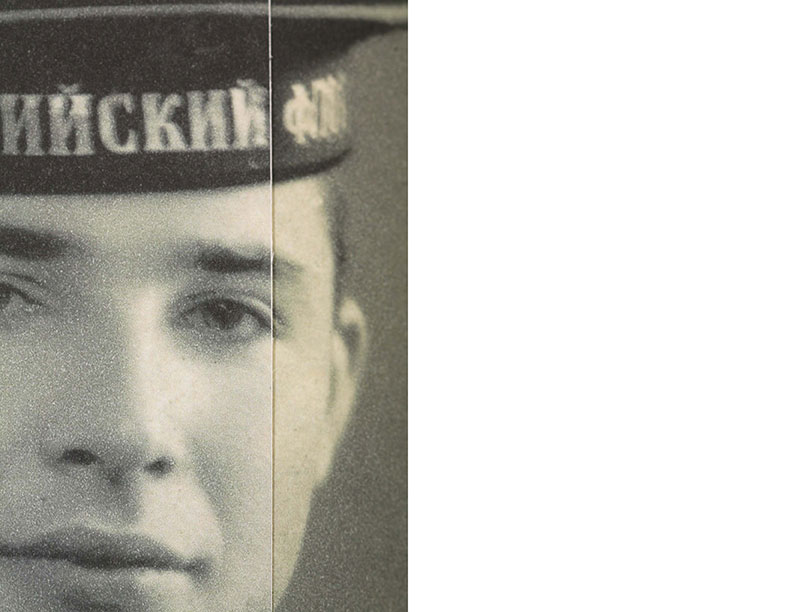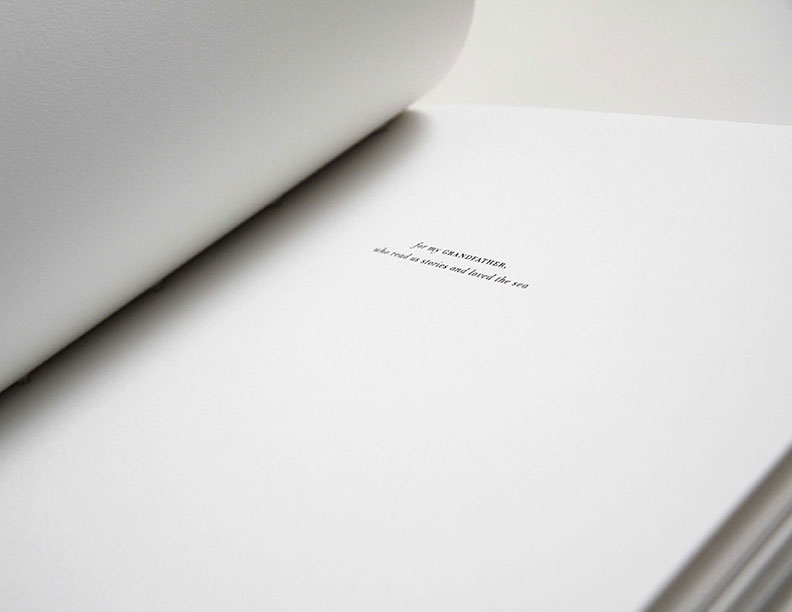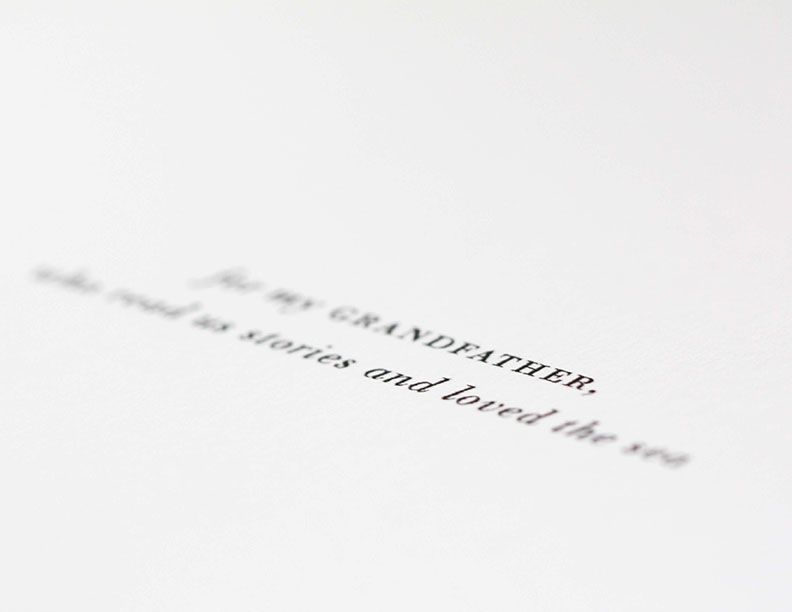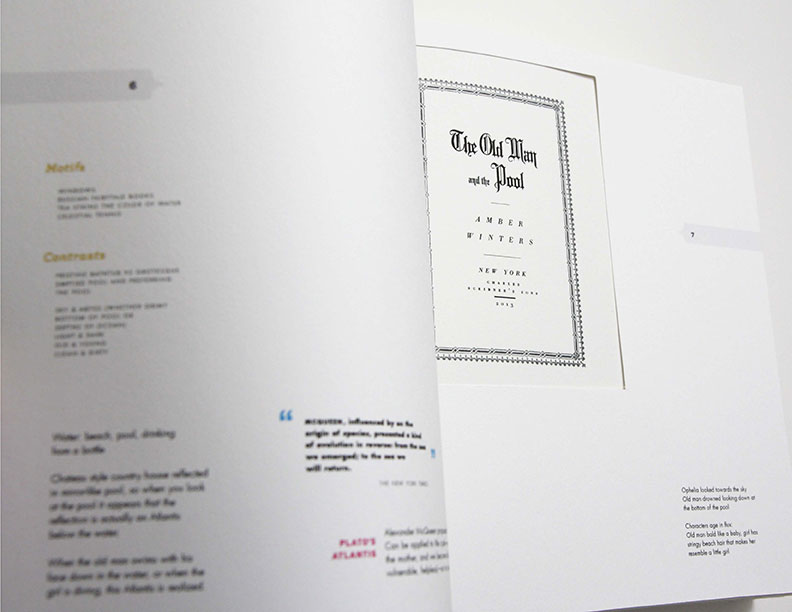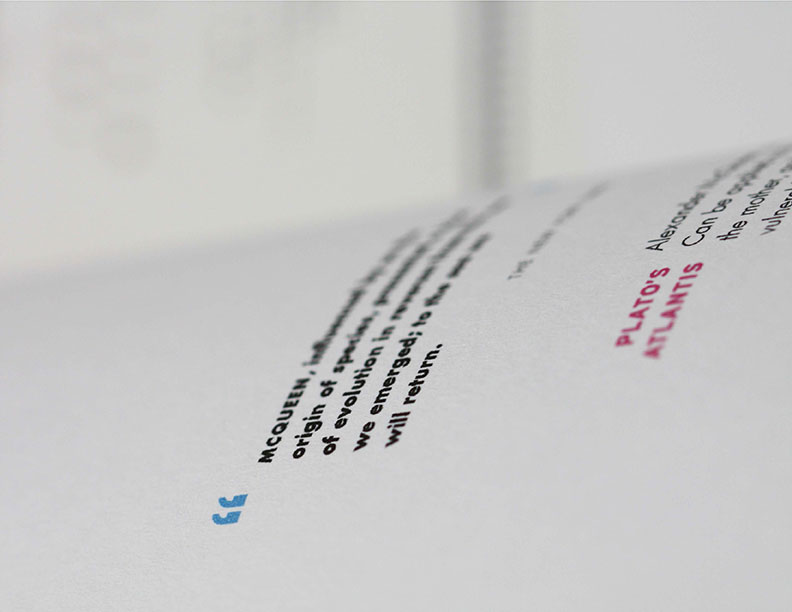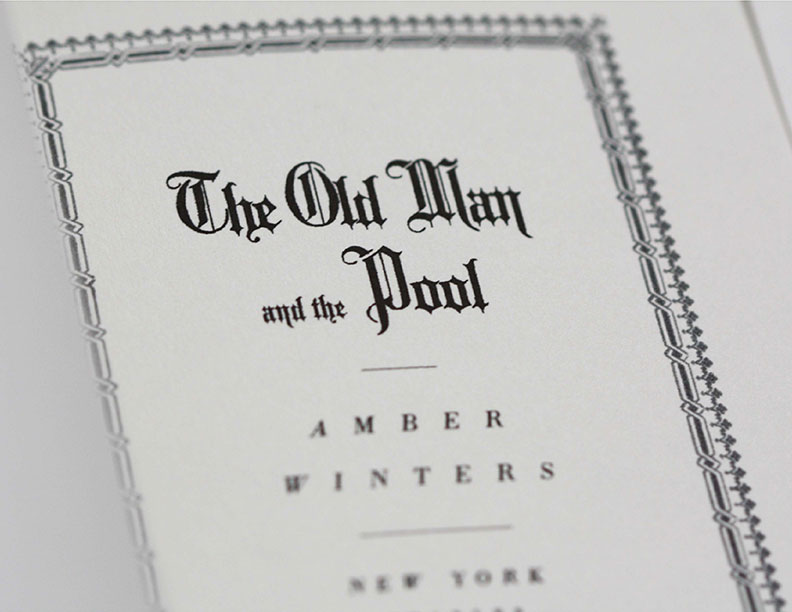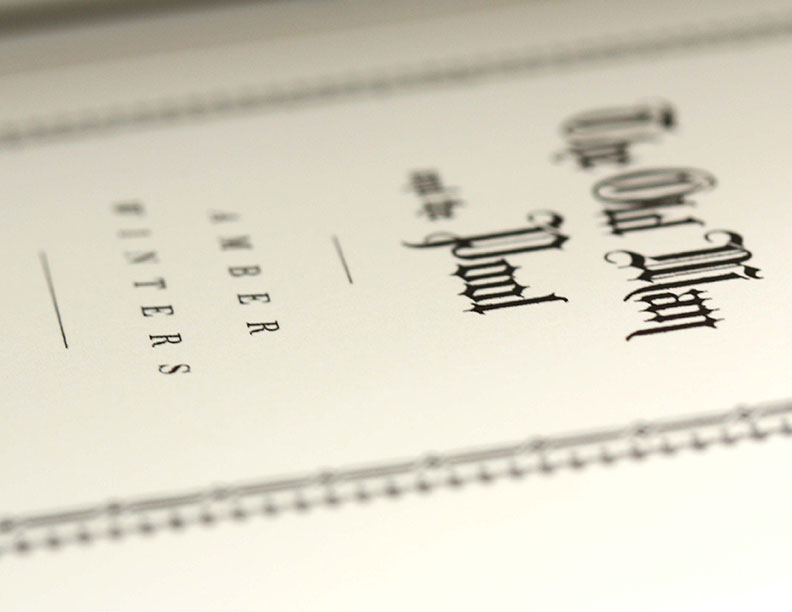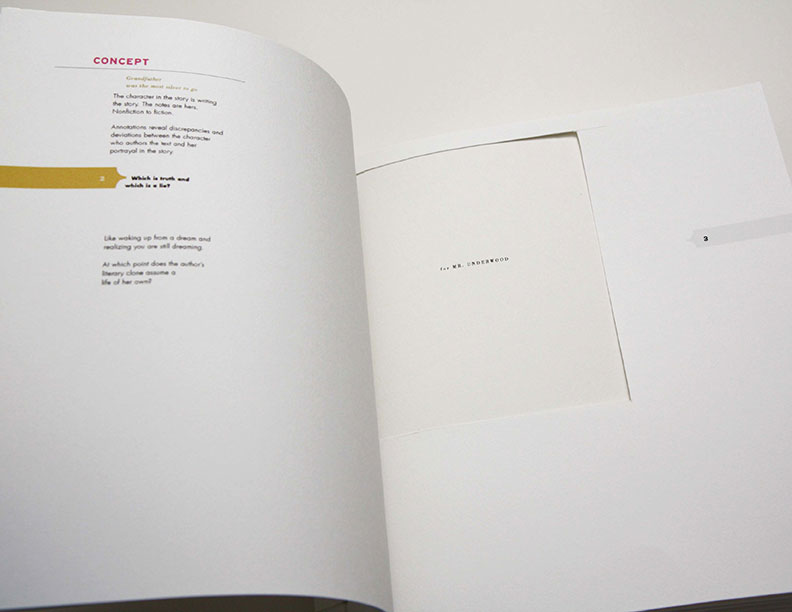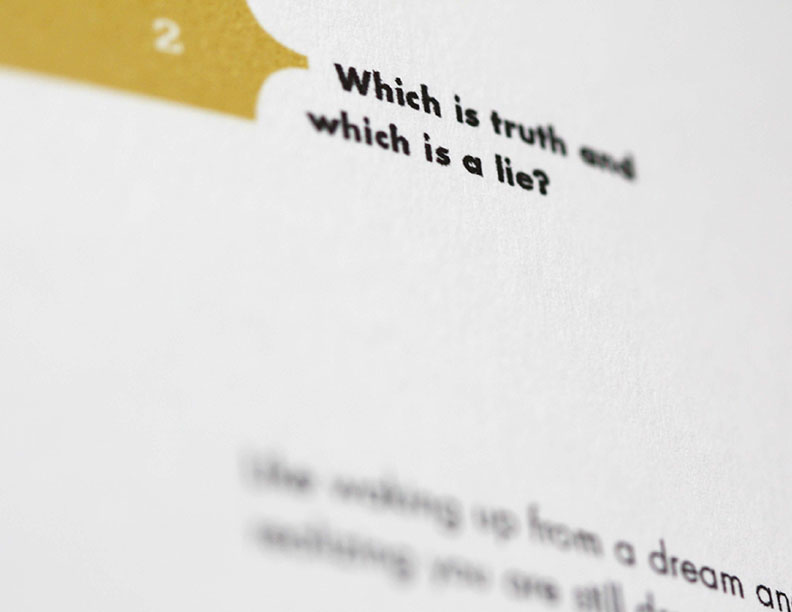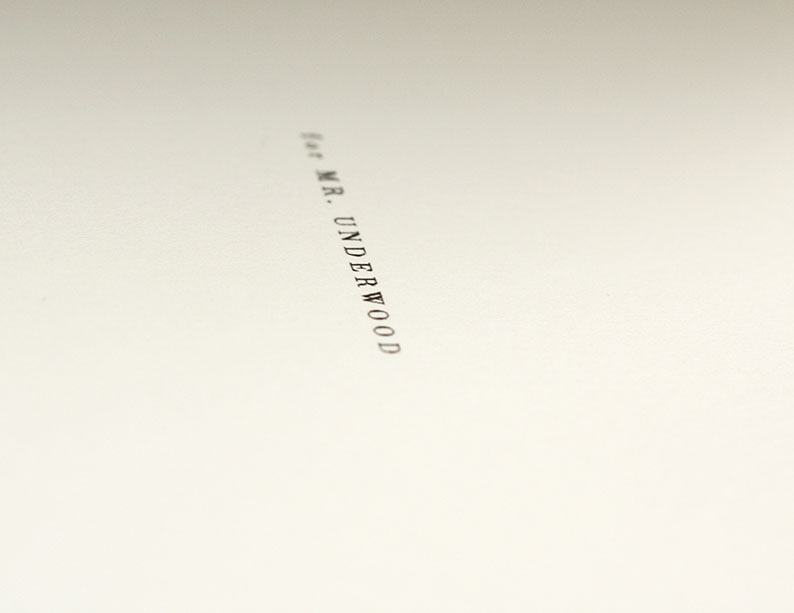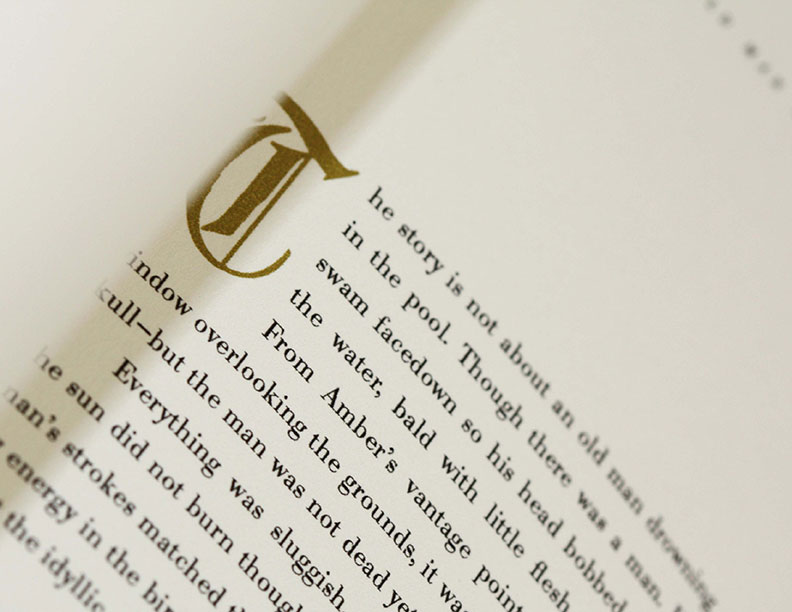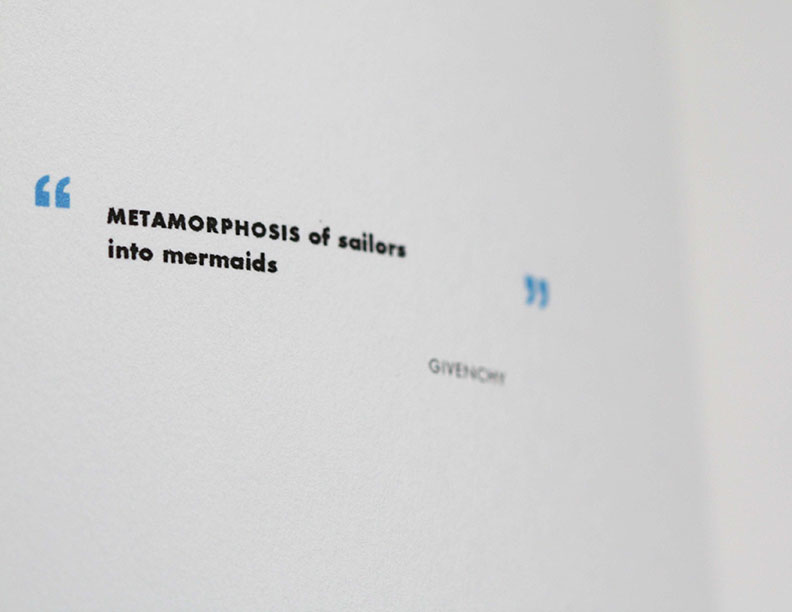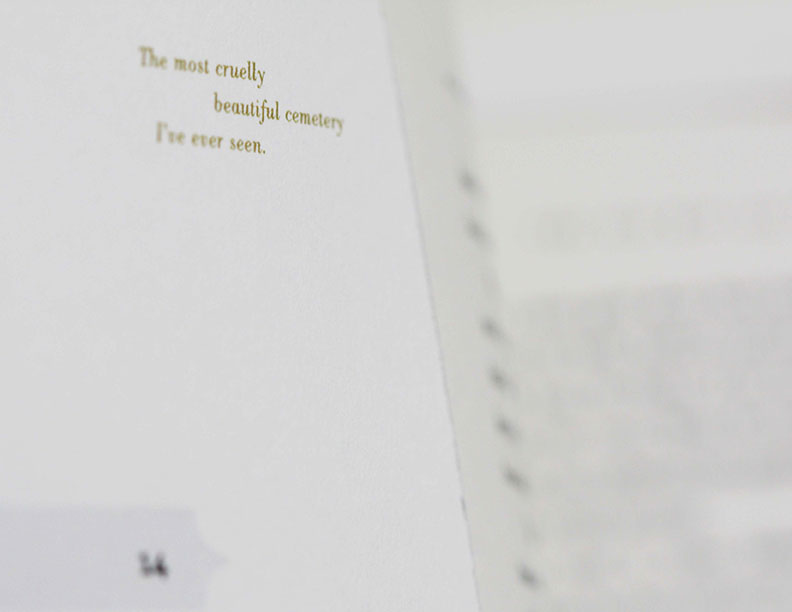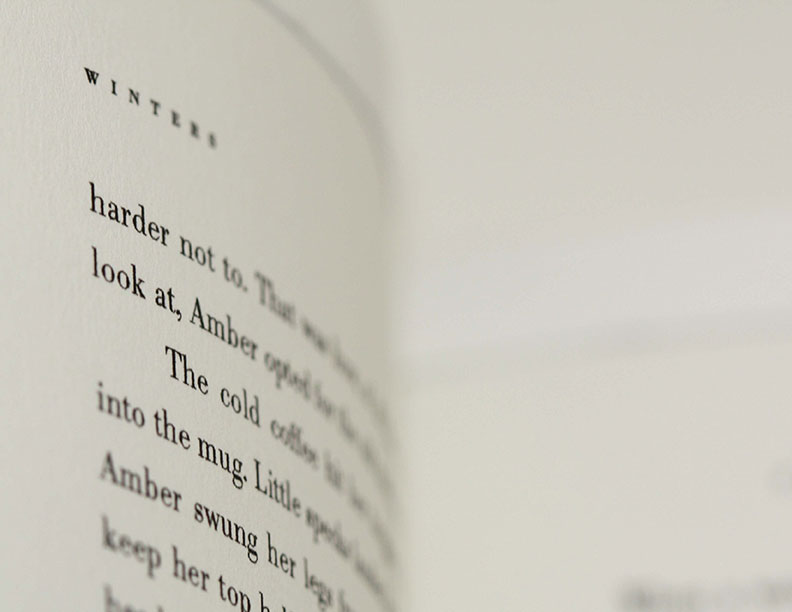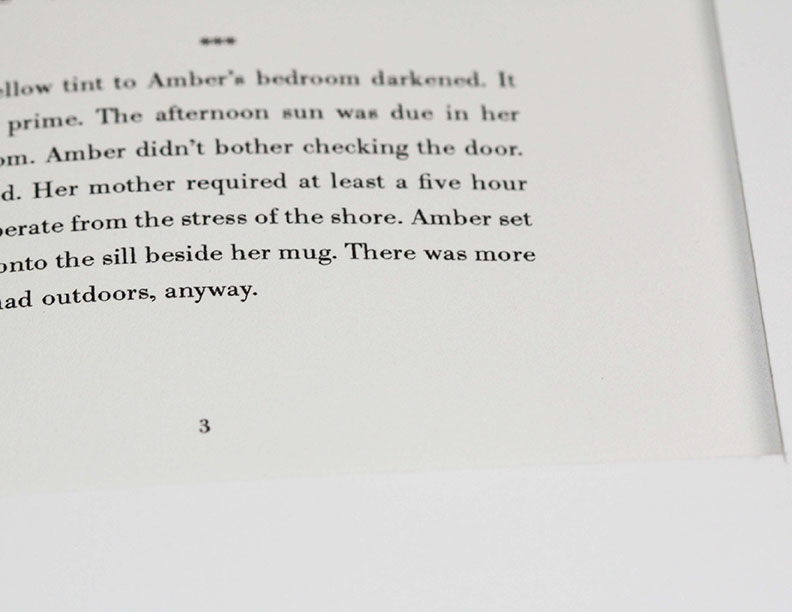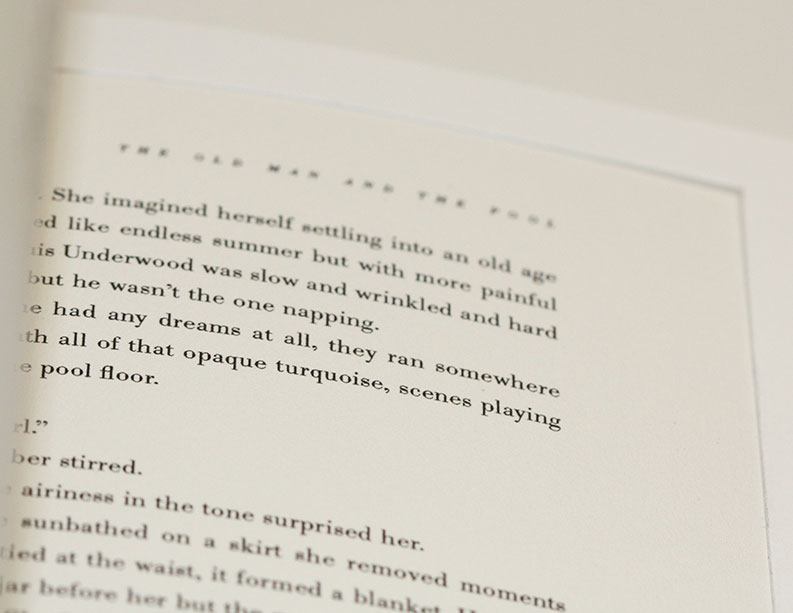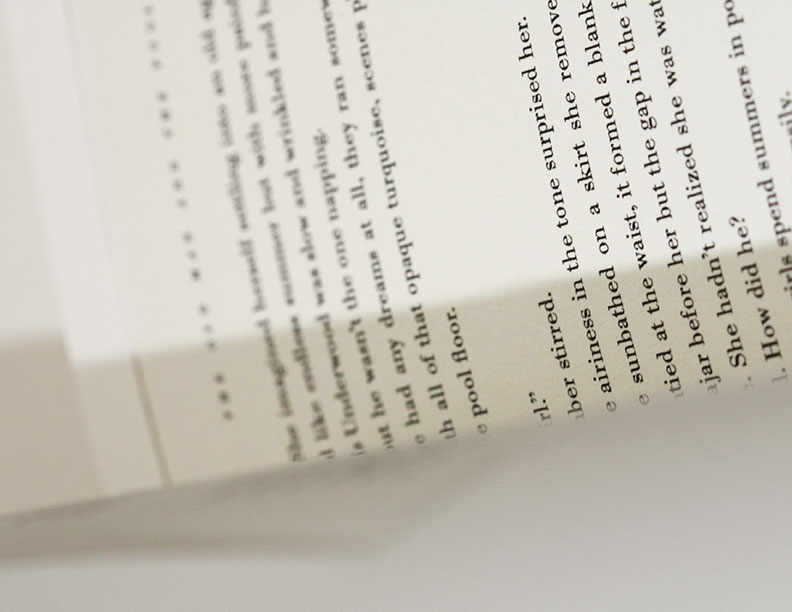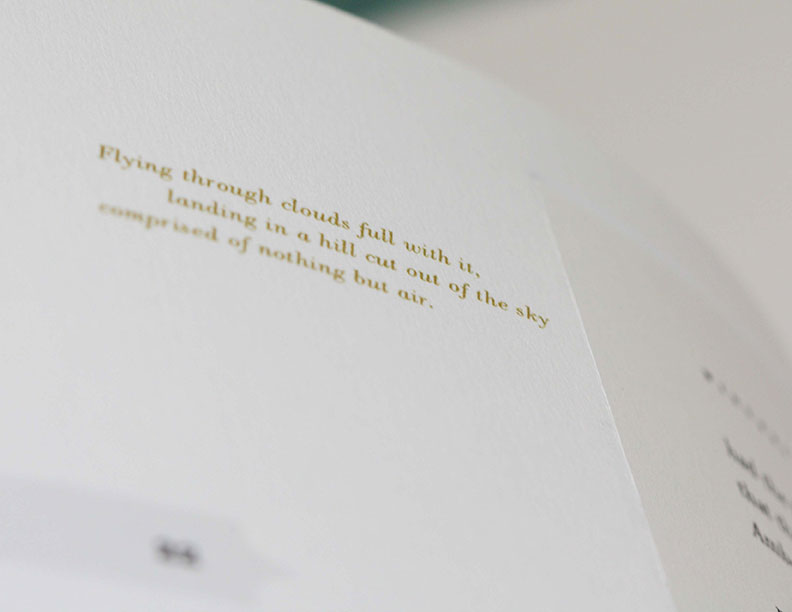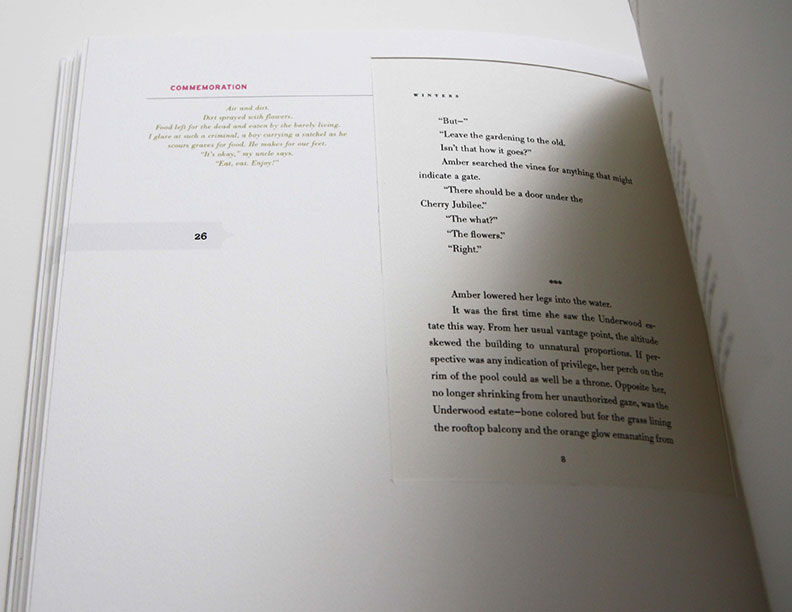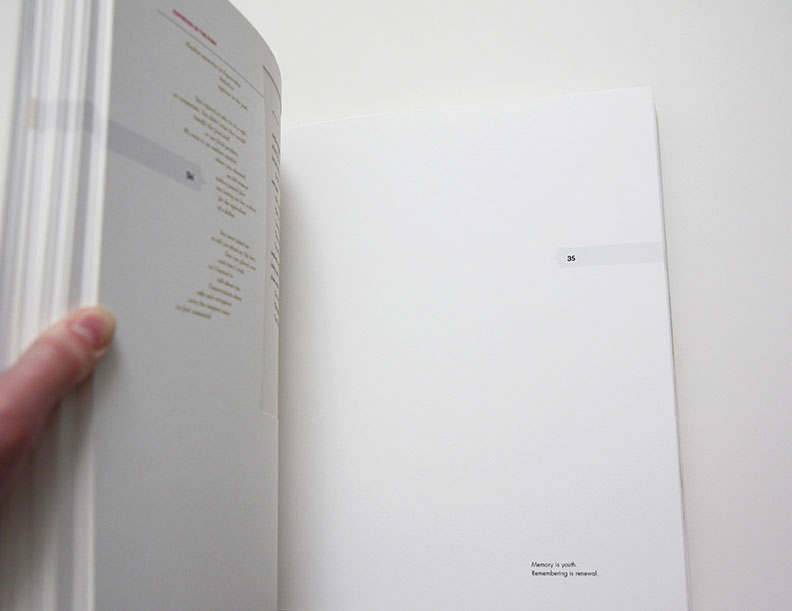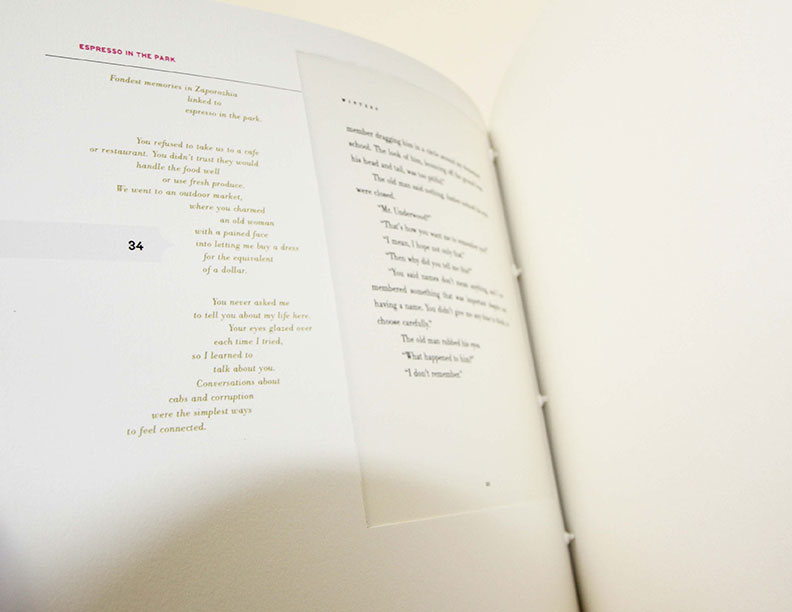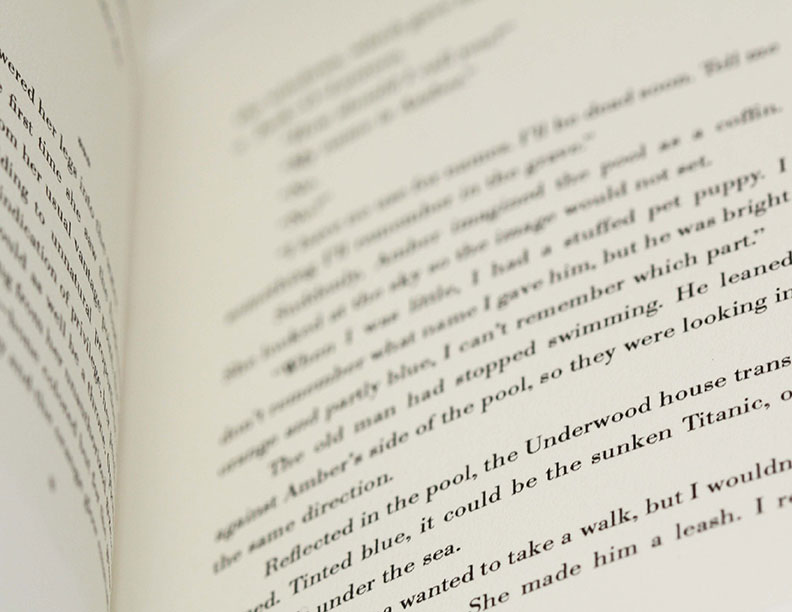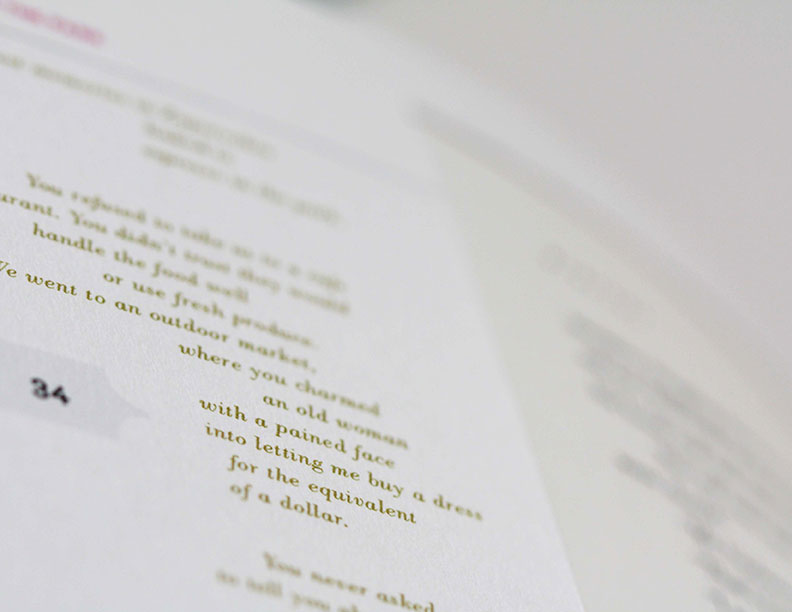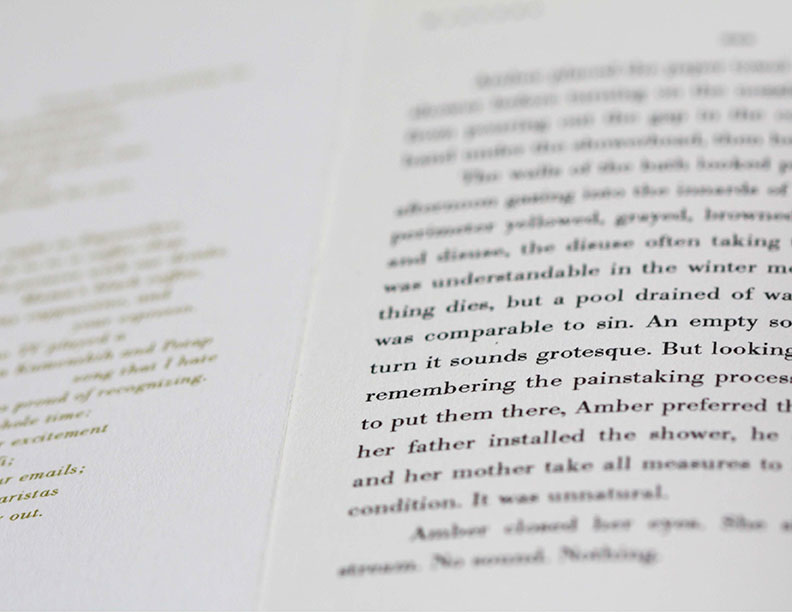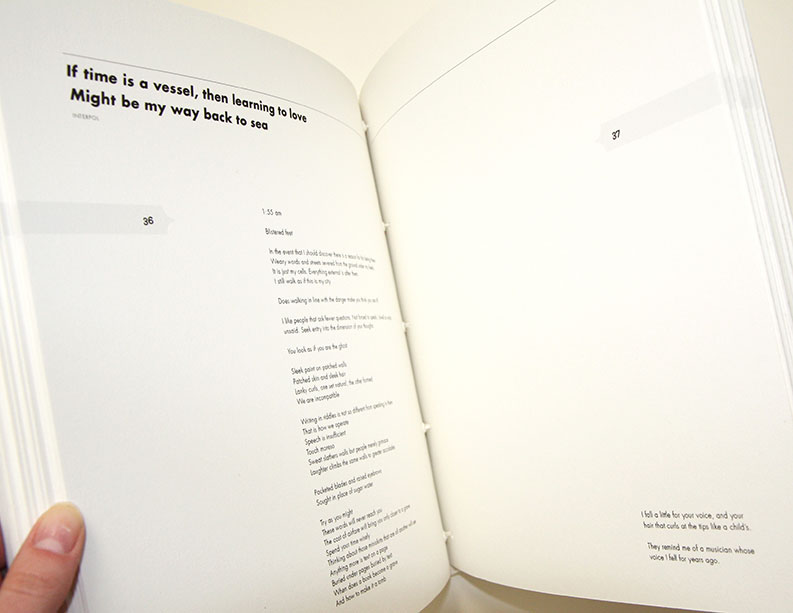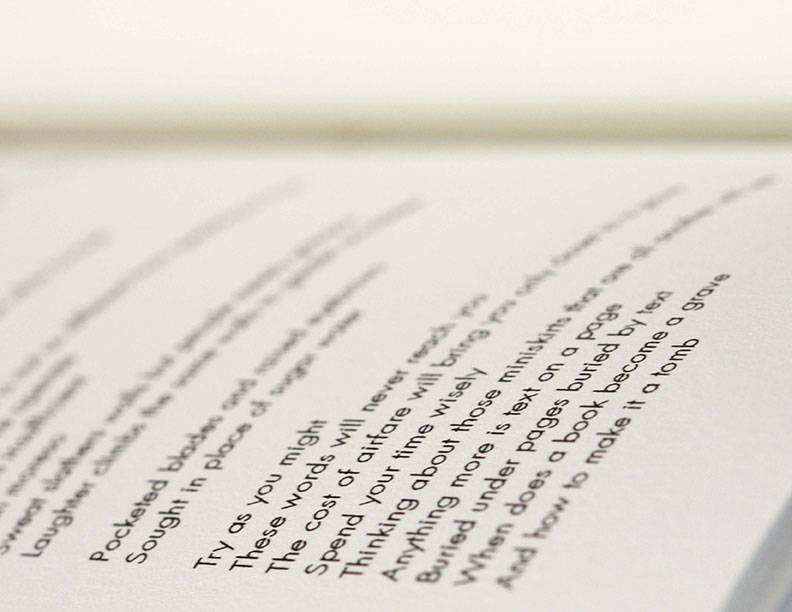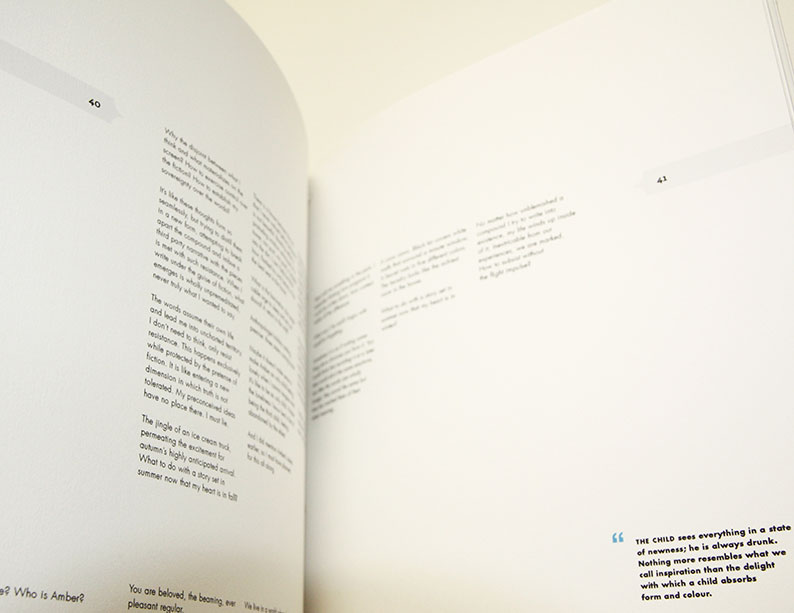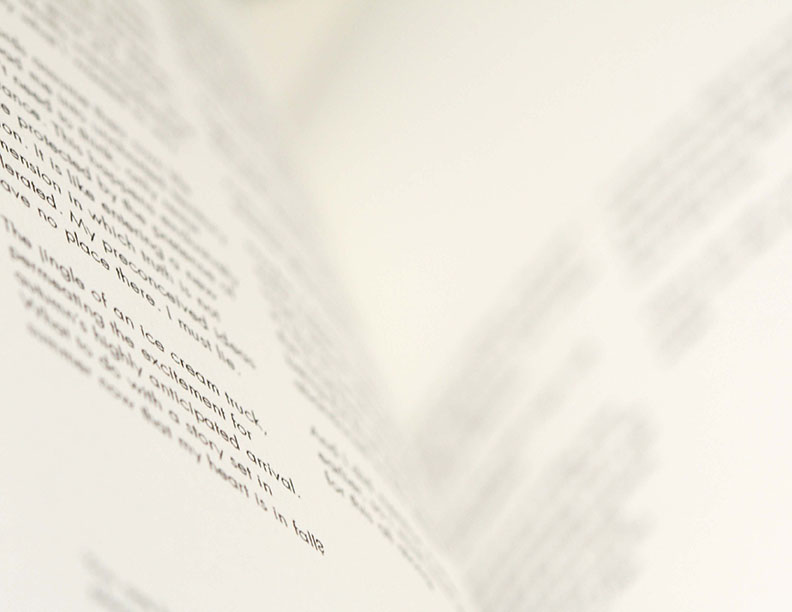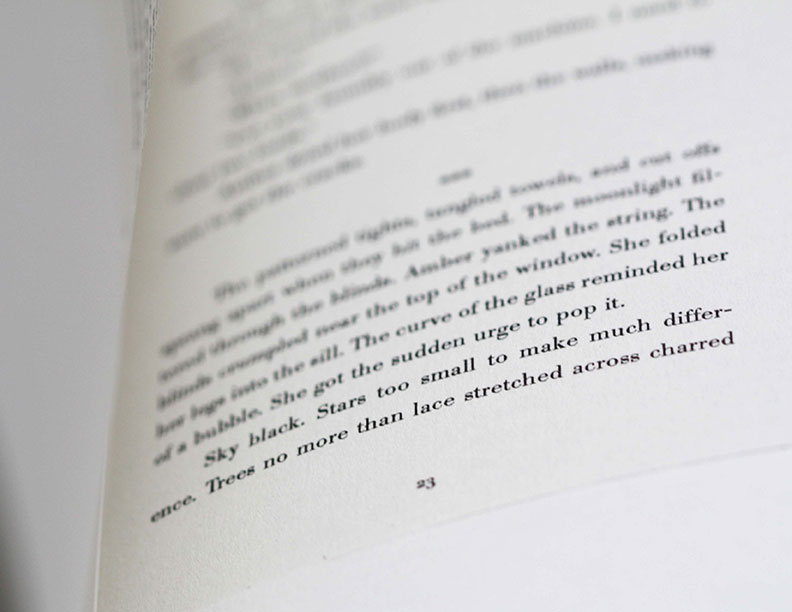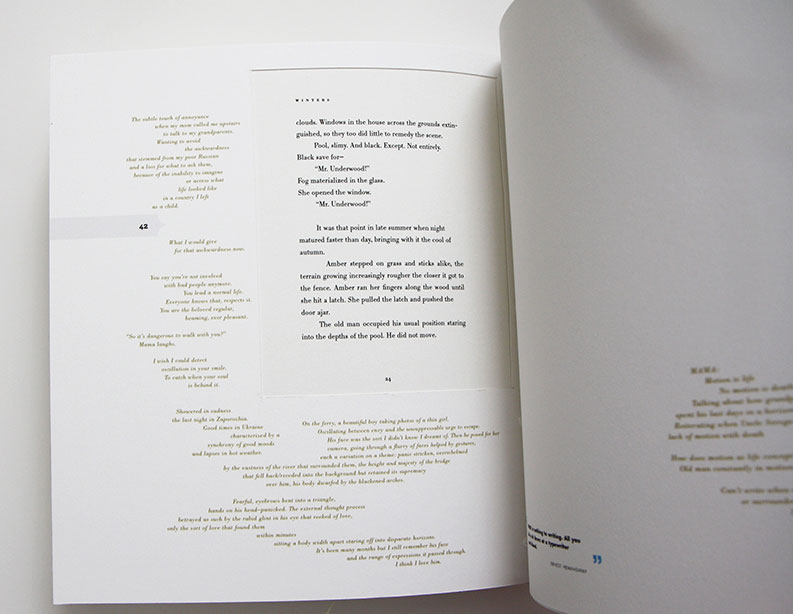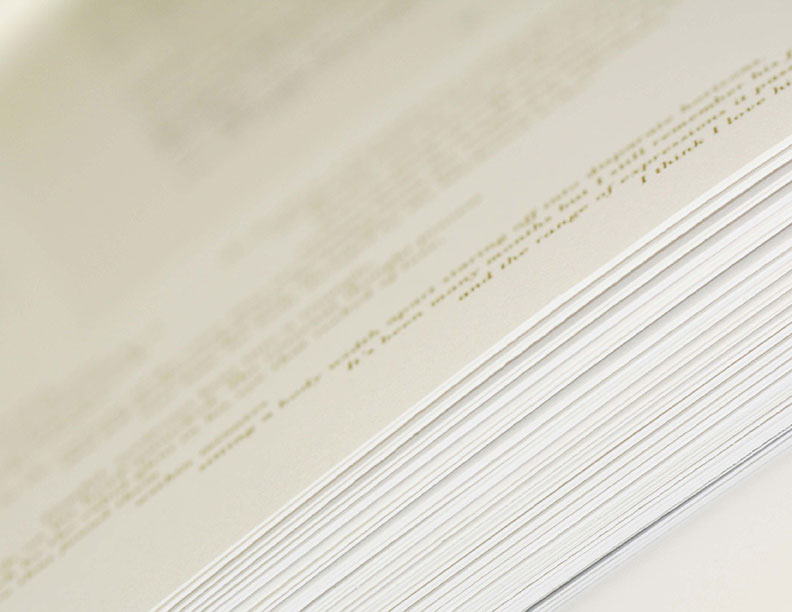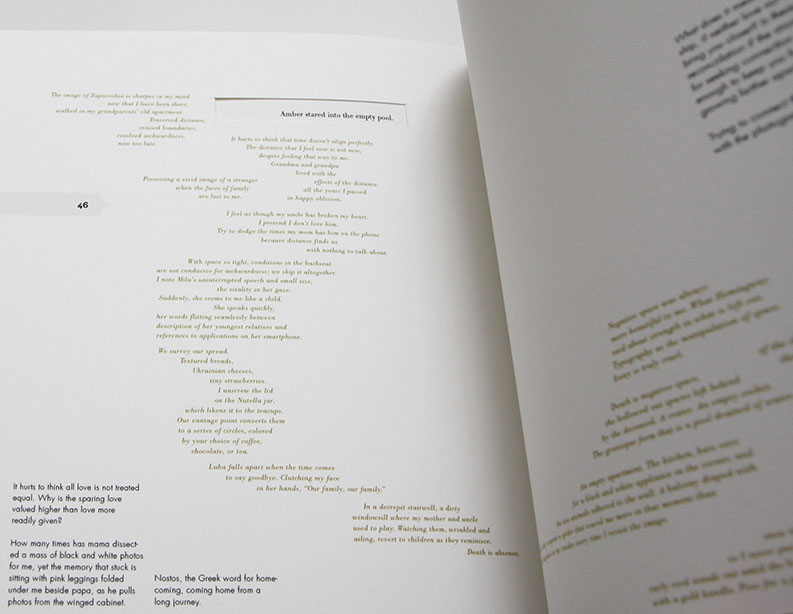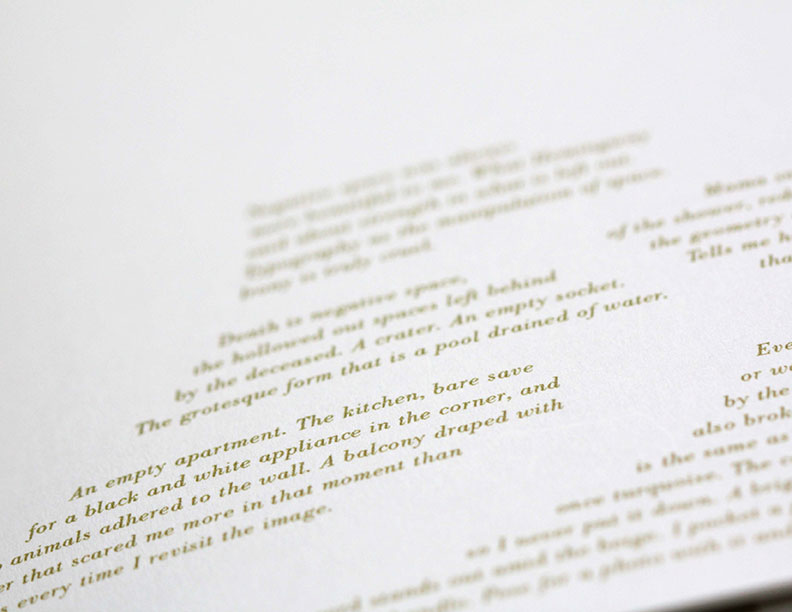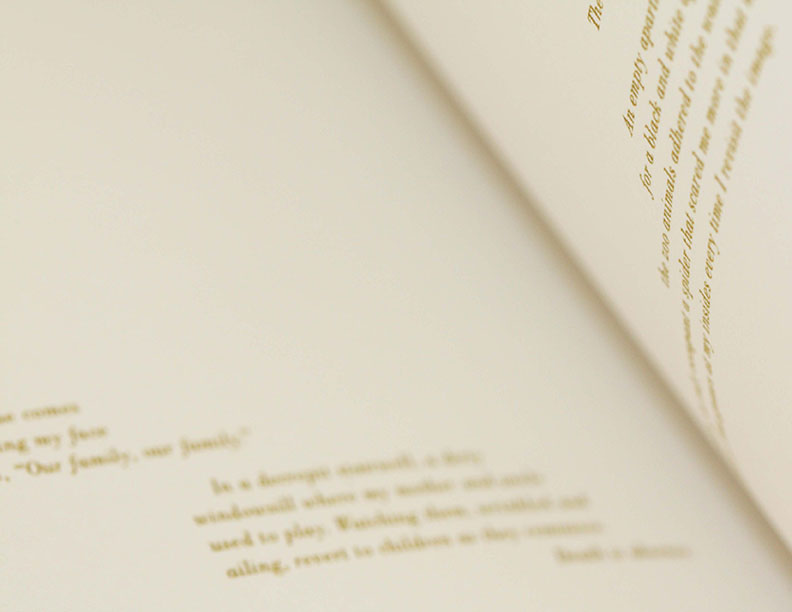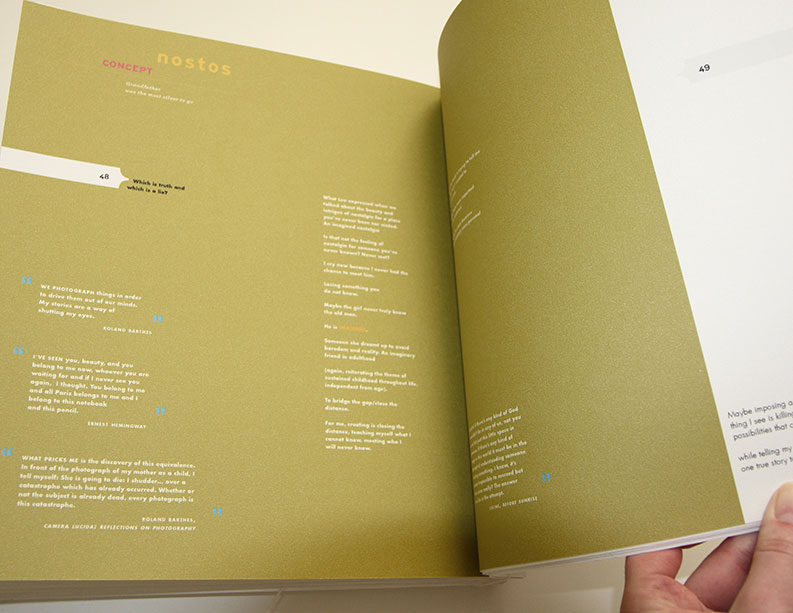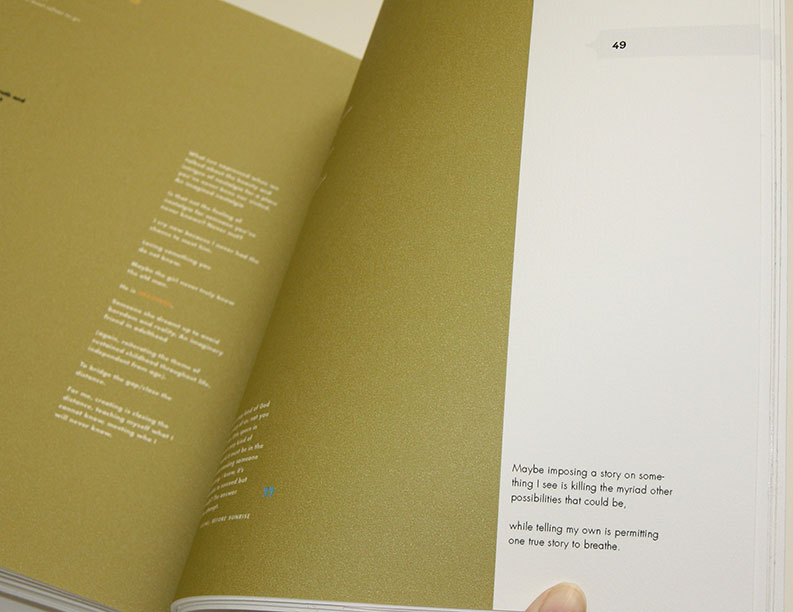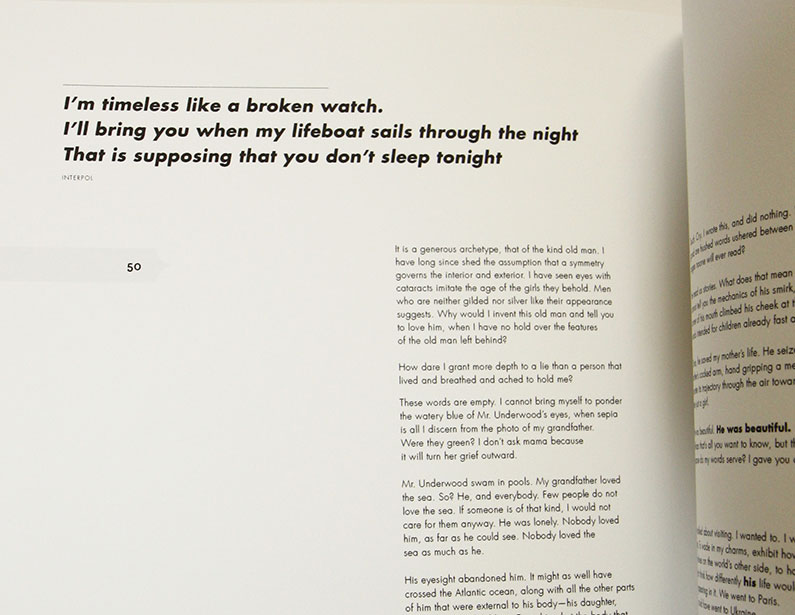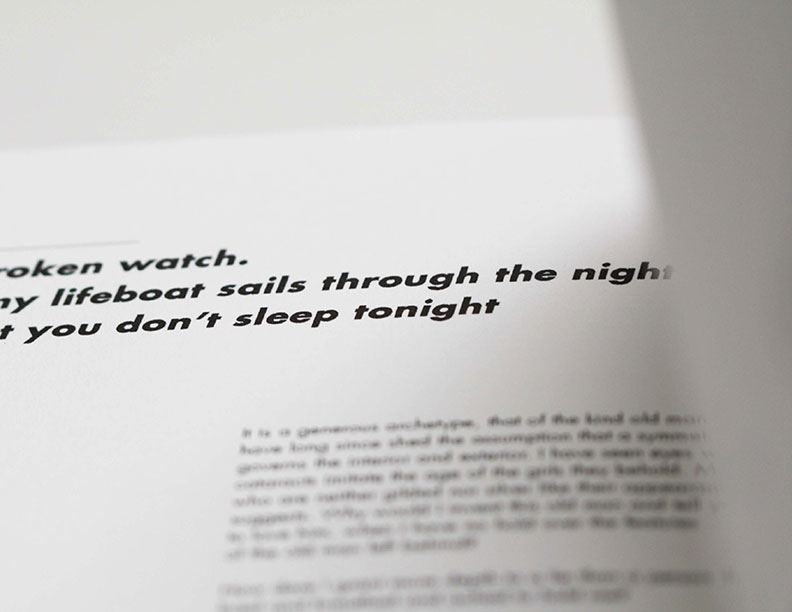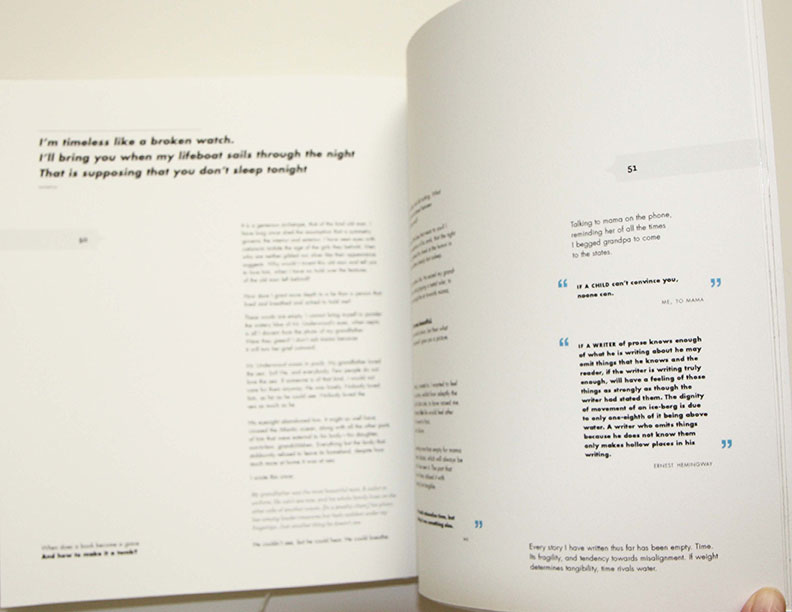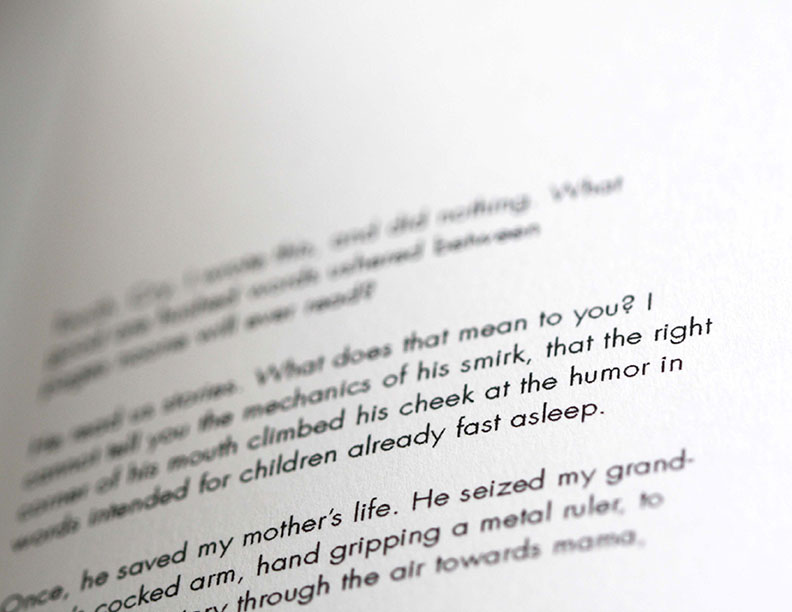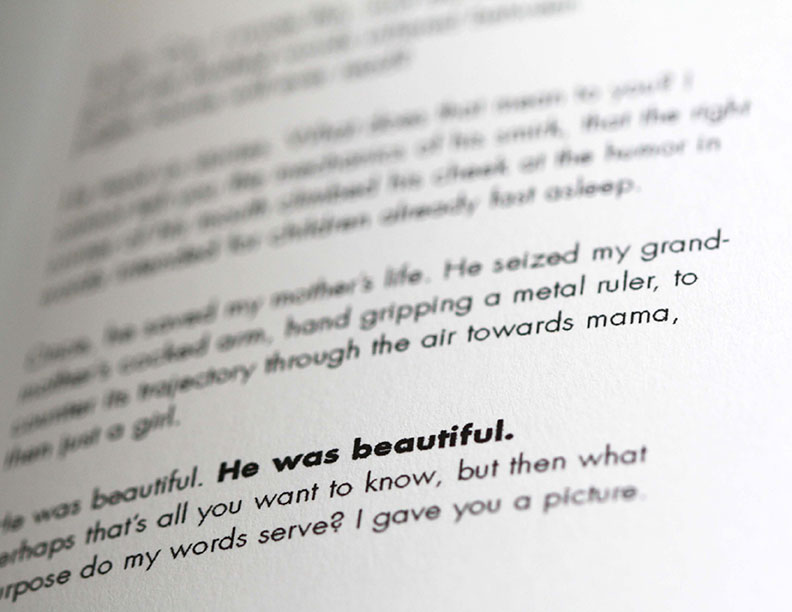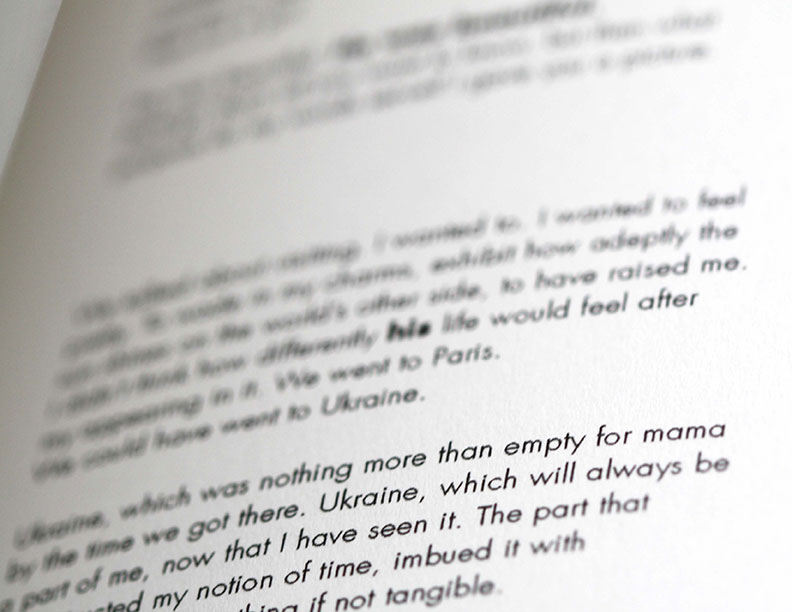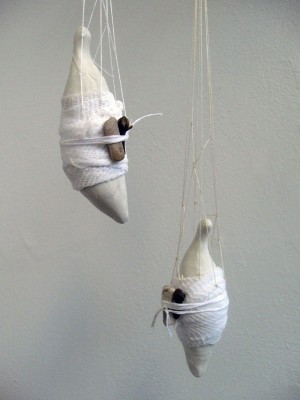Anastasiya Shekhtman
THE OLD MAN AND THE POOL
Regardless of which creative field you look at, there is always talk about process. This postmodern world has rendered form and content inextricable in many ways, so when I look at work, it is always the same question that comes to mind: how does the form inform the content? Are there traces of the process in the work the artist presents?
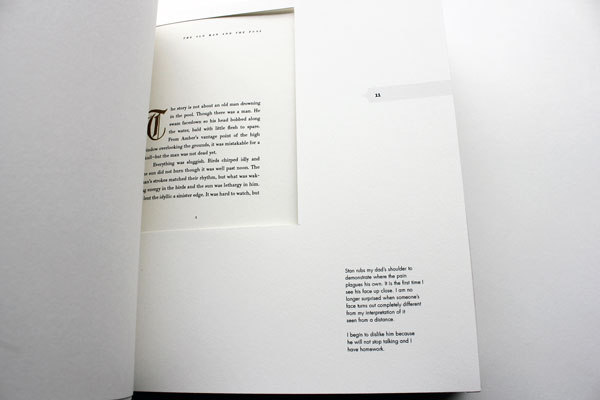
Much of the writing that I love does not humor such inquisition. Even lines related through a colloquial voice are likely to have been subjected to meticulous editing, were crafted in the grand scheme of the piece. Without access to the revision process of admired work, I often find my own attempts to write plagued—paralyzed, even—by self doubt. This project began very much like every other attempt, which is to say, by an overwhelming of imagery and inspiration from the world, and the unsuccessful attempt to wrestle it into the screen.
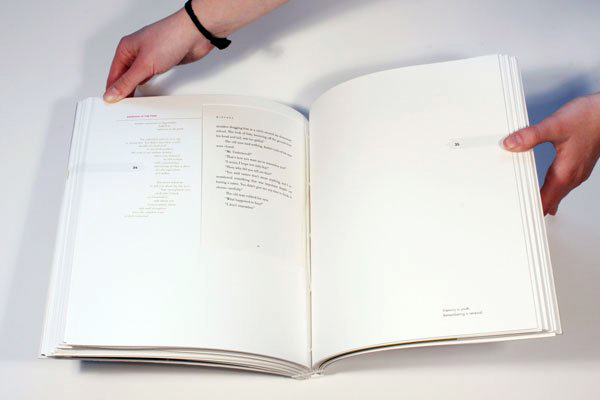
In order to contain some of the ideas and connections speeding through my mind (which came and went at a much quicker pace than the “official” writing), I began to collect these shorthand notes in a document. In the first submission for class critique, my professor commented on the lyrical interest of the notation. Encouraged in taking a more organic approach to writing, I proceeded to generate both texts simultaneously, that of the short story, and its primal fragments. It wasn’t long before I took to the concept of presenting a finished product in conjunction with the process that transpired to put it there. Seeing behind the curtain is something I always desire, so enabling this experience for the reader felt only natural.
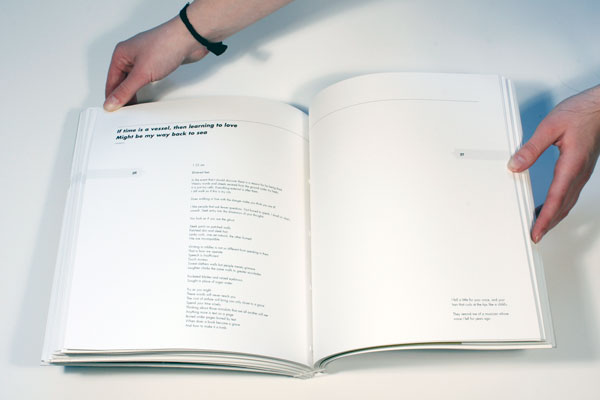
What happened next validated my trust in this approach. I noticed that the notation moved much quicker than the short story, which developed from a more painstaking trial. The notation came about impulsively, in rapid spurts of inspiration. Instantaneous transcription of the thoughts preserved not only their energy, but the honesty in their expression. Where the story concealed its relation to me, distorted the truth in its transformation to fiction, the notation shrieked with the concerns and hurts I was scared to voice, or declare important enough to be read by others.
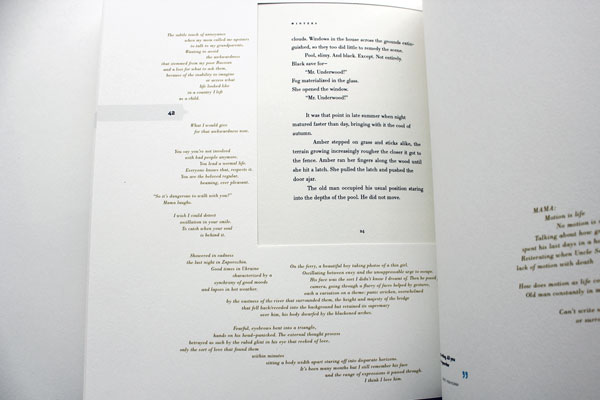
Soon, I had spreads filled with “notes”, while the short story remained untouched. The most unexpected consequence of writing in this way was also the most poignant. The moment of revelation for me while writing doubled as the climax of the story. The texts’ trajectory—the rising action, climax, resolution (likewise reflected in the pacing of its visual design), is essentially a documentation of my own trajectory while writing. Giving the notes a voice forced me to listen to the emotional aftermath of revisiting my birth country, and recognize that perhaps my raw story was more important to tell than one seamlessly crafted.
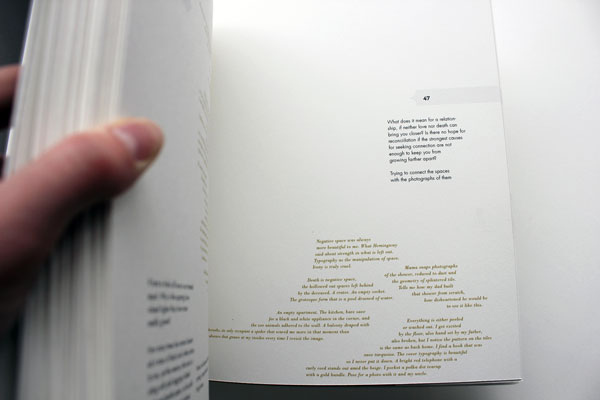
In the end, though the notes pushed the short story from visibility, the information they relayed served to develop the fiction, flat though it was on its own. The short story likewise provided context for the notation. The seemingly disparate parallel narratives formed a unified whole, a fossilized process.
 Anastasiya Shekhtman is a senior Communication Design major at the University of Pennsylvania, minoring in Russian and Creative Writing. Displaced from Ukraine at the age of four, Anastasiya is currently chasing childhood images, sorting the real from the imagined, only to blur them again in her work. Until recently, Anastasiya Shekhtman lived in a love triangle between writing and design. Then she found her heart in the overlap.
Anastasiya Shekhtman is a senior Communication Design major at the University of Pennsylvania, minoring in Russian and Creative Writing. Displaced from Ukraine at the age of four, Anastasiya is currently chasing childhood images, sorting the real from the imagined, only to blur them again in her work. Until recently, Anastasiya Shekhtman lived in a love triangle between writing and design. Then she found her heart in the overlap.
Read more from Cleaver Magazine’s Issue #5.

